When Ron Howard's first film, "Grand Theft Auto," was made, I thought great wine was the Spanada my mom kept in the fridge. I don't know how mom would feel about her favorite beverage being relegated to the category of "bum wine," but at $7.70 for a magnum, it would seem to come in on the high side of that politically incorrect spectrum.
1977 was not a great wine year for me, but I recall it was a good vintage for Miller Genuine Draft. I also recall I had great tan that summer, for the last time ever. TFH guru Joe Dante says his first wine was Boone's Farm. Our tastes in beverages changed for the better. But just as there are some occasions that simply call for a can of beer, there are times when all we really need in a movie is a lot of action.
GTA - the movie, not the video game - is a rip-roarin', white-knuckle ride featuring car chases, a souped-up Rolls Royce, a police car, of course, and a lot of stuff getting blown up.
Daddy's little girl rips off the Rolls and heads for Vegas to get married quickie style while everybody and their dee jay chases after. A great performance by the late Real Don Steeleas the helicopter jockey is the highlight of the movie. Well, you had to expect that comment since I'm a lifelong broadcaster.
I worked for several years in the same building with Real. I'm sure he didn't know my name, but he smiled and said "Hey, baby" every day as he passed me on his way in. I always half expected him to flip me the keys to his Cadillac and ask me to have it washed and fueled while he was on the air. But there was someone else employed to do that. Tina Delgado is alive - ALIVE!
Grand Theft Auto is the name of the crime people keep committing during this film, and it's only natural that those stolen cars end up in a demolition derby climax. More movies should take this way out. The critics weren't driven to praise the film, but it made a truck full of cash at the box office.
There's not a lot of wine in this movie - thankfully, judging from the driving habits exhibited - but that shouldn't stop you from enjoying some while watching it. You might try some that's made in a place where these cars could have ended up after filming.
Cerro Caliente Cellars is a San Luis Obispo winery located in a working garage. Their wines are full-throttle single-vineyard Central Coast beauties. Check their "Multi Viscosity" line at $36 each. Their tasting room is decorated for gear-heads and, presumably, they have plenty of those red shop rags handy in case of spills.
Some other junk in the trunk:
Pismo Beach Classic Car Show - A car show in wine country? I'm there.
Derose Vineyards - Near Hollister, California, Derose offers a line of wines named and labeled after classic cars.
Classic Car Wines by B.R. Cohn - More classic car labels, this time from Sonoma County.
Rolls Royce Wine Carrier - Stick this baby in the boot and open in case of emergency.
Krug's Rolls Royce Delivery Van - Maybe the perfect mix of vintage wine and vintage auto.
Race Car Wine Caddy - How is your man cave bar getting along without this?
Prince Charles' car runs on wine - and it was taken for a spin by the royal newlyweds.
Car runs on wine and cheese - Gas isn't expensive enough?

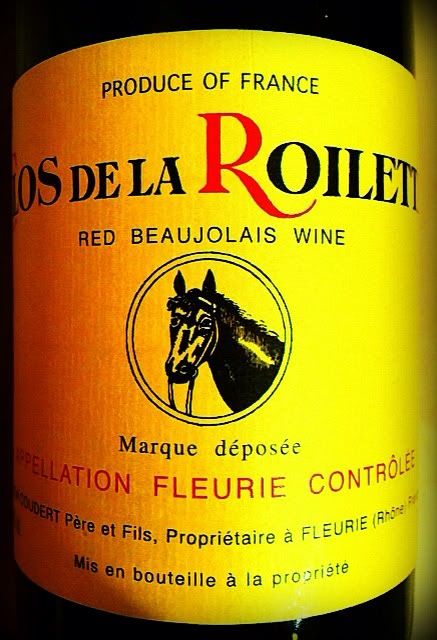
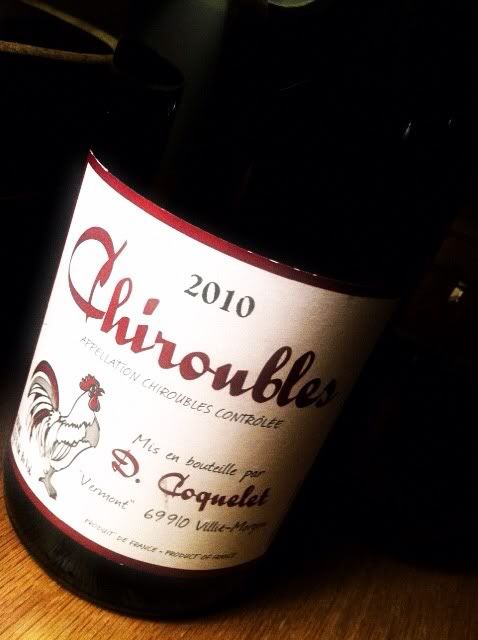


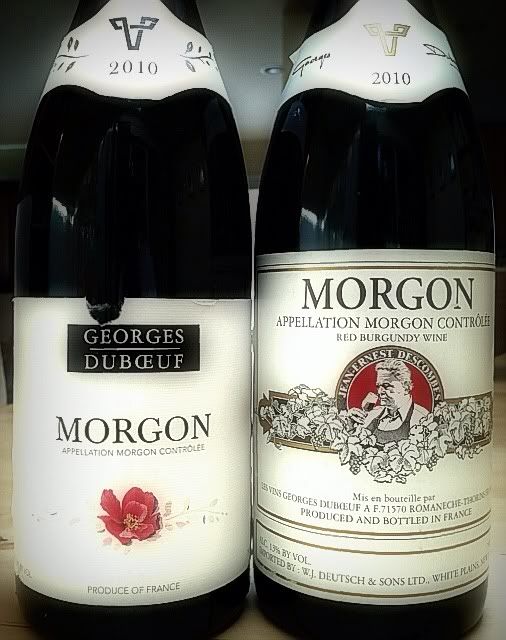
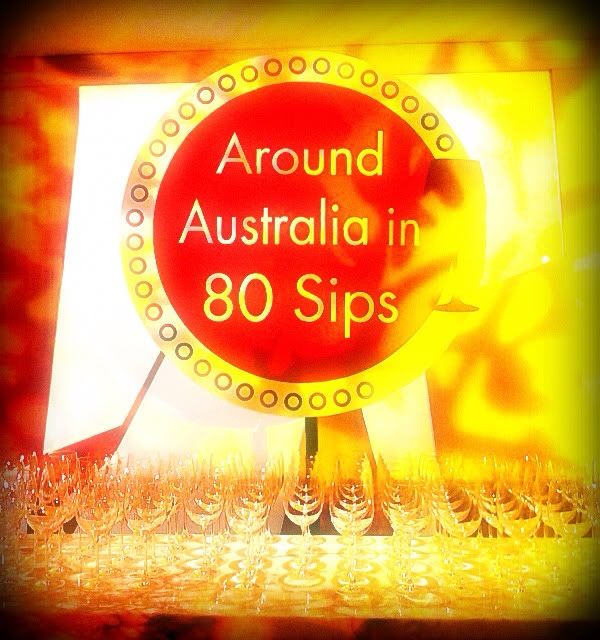

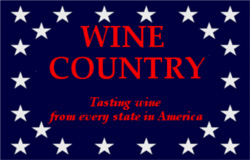
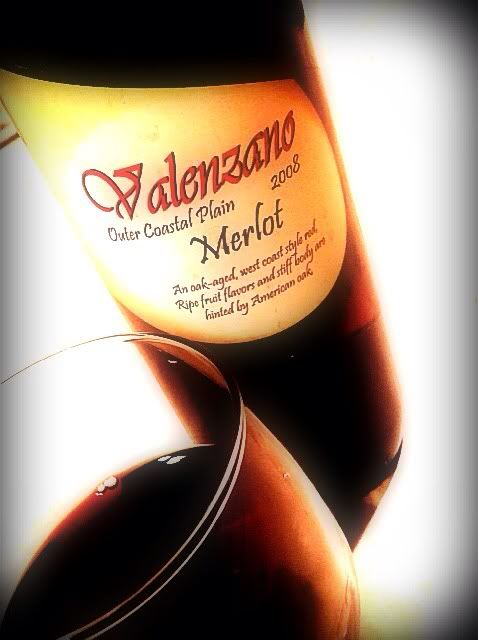 Valenzano Merlot, Outer Coastal Plain, 2008
Valenzano Merlot, Outer Coastal Plain, 2008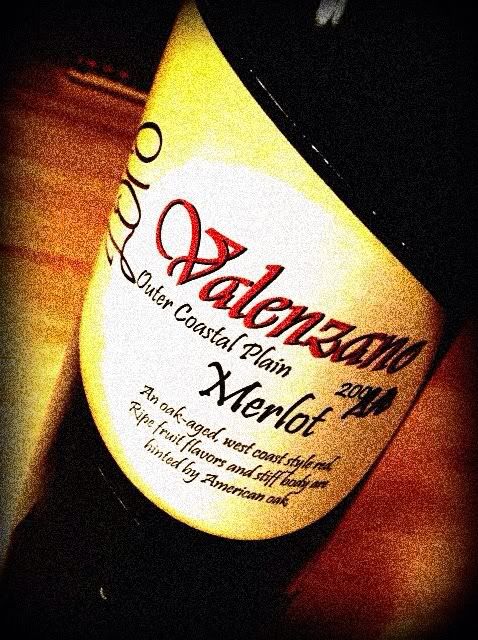 Valenzano Merlot, Outer Coastal Plain, 2010
Valenzano Merlot, Outer Coastal Plain, 2010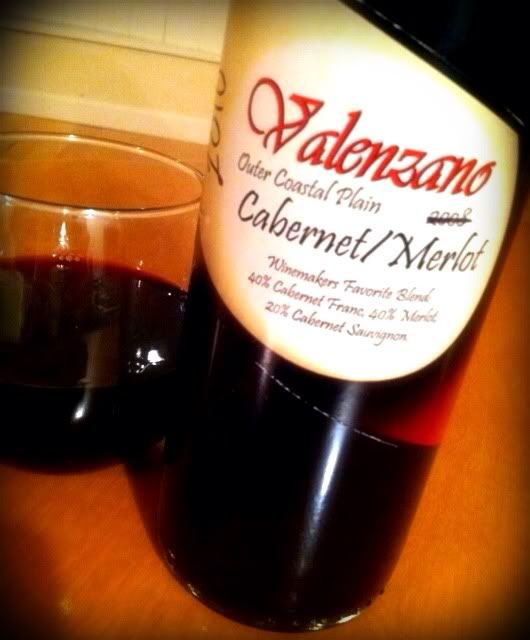 Valenzano Cabernet/Merlot, Outer Coastal Plain, 2010
Valenzano Cabernet/Merlot, Outer Coastal Plain, 2010  Jersey Devil Port
Jersey Devil Port